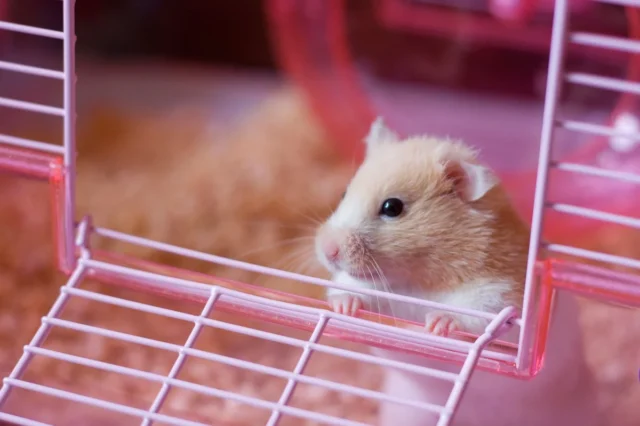
The hamster is considered a pet which it is not complicated to keep and that is ideal for children. The hamster is a relatively easy pet to keep, as it does not demand any other than maintaining a cage and occasional play with the hamster, however, this pet is very gentle. If you also want to have a hamster as a pet, you should provide him with ideal living conditions.
The first thing you need to pay attention to is its living space or the cage in which he will stay. It should be the right size. In fact, the most important thing is not to be too small. There are several good reasons why you should not keep a hamster in a small space.
Page Contents
1. A hamster loves life in the wild
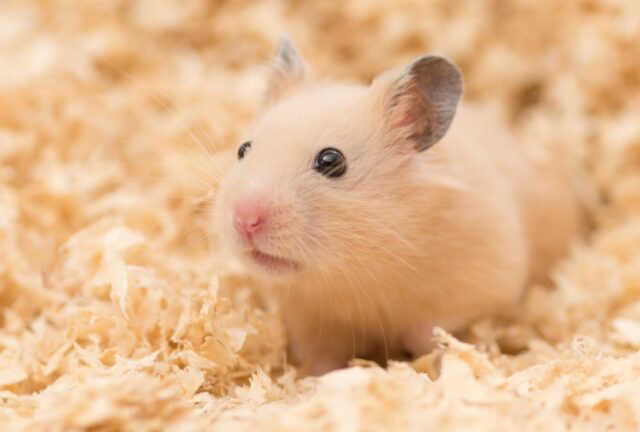
The natural habitat of hamsters is the arid regions of the world. It spends most of his time underground, mostly during the day. It comes to the surface only at night to feed. That means he has come a long way in that time. It is an extremely territorial animal that will fight very easily if it comes in contact with another hamster.
However, some species are more social than others, as is the case with dwarf species. So, if you want to be a good owner, you will learn all about the hamster’s natural habitat and its habits before you take it.
Only in that way will you be able to provide him with all the living conditions, more precisely with a good hamster cage. Before the hamster is brought into the house, the owner should make sure that he has adequate accommodation, food and mandatory equipment. That’s why you need to get a big and interesting cage.
2. The hamster is a very active animal
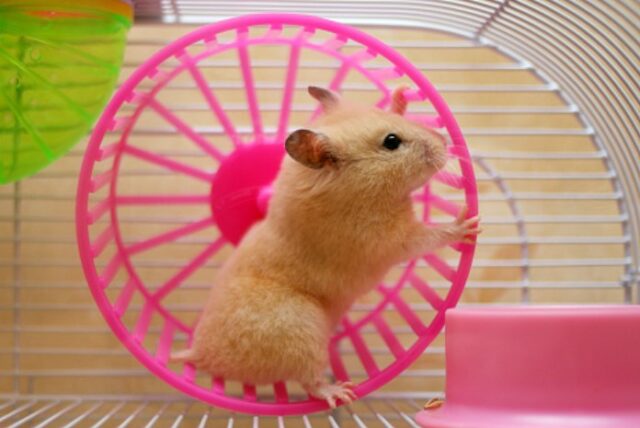
Since this is a pet, it needs to be provided with a lot of exercise and activities. This includes various exercise items such as a wheel to attach to the wall, toys of different sizes and shapes, and milling wood. In addition to so many items, the hamster needs enough space to move, hide and do other activities.
For example, he needs a place to hide in order to be out of sight of others. There he will be able to sleep and gather food supplies, but also to be in silence and completely alone when he wants. He also needs a sleeping area.
In order to be able to satisfy all the needs of your pet, you need to get as big a cage as possible. We must mention that these animals are very agile and can often open the door on their own and escape.
However, you will prevent that if you close the door well on the side and choose a quality cage material first of all. For example, opt for a cage made of metal or hard plastic. Otherwise, his sharp teeth will very quickly make escape passages. Of course, the more tunnels and interesting toys you set up for him, the less interested he will be in escaping.
3. A small cage encourages anxiety
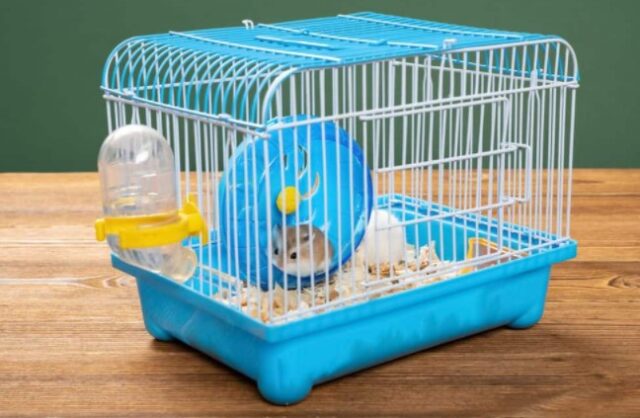
Due to their nature, these animals love a large space. However, Aivituvin made us familiar with the fact that if you lock them in a small place they will get an anxiety attack. In such a state they become very aggressive and self-destructive. Although they are not like that by nature, due to great anxiety, they will probably destroy their toys, nest and cage. When they are in a furious state, they will probably bite the bar to exhaustion. Pay attention to this symptom, because it can also be a sign of hunger or the need for a new toy.
However, excessive chewing will damage his teeth, which impairs his overall health. If you haven’t bought a good enough cage, it might even completely bite the bars and escape. Thus, too cramped a space causes an accumulation of emotional stress in the hamster. Remember that these animals are not possessive and aggressive. They can only become like that if they suffer too much from human error.
4. Unsafe conditions
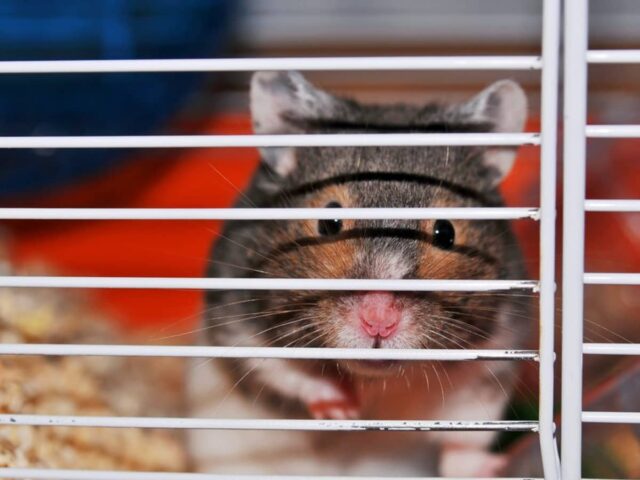
Imagine in one place all the toys, sawdust, sleeping pad, feeder, etc. If you put too much in the hamster’s living space, it will become too tight for him. This will interfere with his daily activities and will have a negative effect on his emotional and physical health. However, that is not all. This arrangement violates the general safety of the cage and your pet can be easily injured.
Depending on the type of cage, a hamster can injure its neck or another part of its body during a severe fall. He can also get his paws stuck in a point or somewhere else. He needs enough space to turn around, walk, climb the hills and descend safely. Just as you plan your living space, you must also plan the interior of the cage room where your hamster will reside.
What should a hamster cage look like?
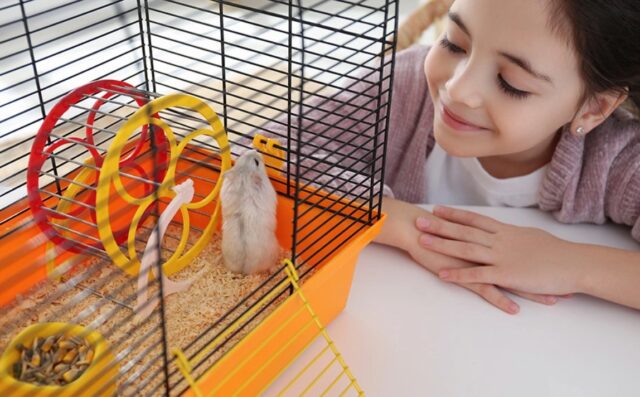
Thus, the interior of the cage should resemble the natural conditions of its habitat. This means that you will provide him with enough food, water, and something to snack on. However, it also needs objects that encourage movements, such as irregularly shaped tunnels and similar devices. Since he spends most of his time underground, fill the cage with as much sawdust, sand or straw as possible.
He will love sleeping in it. It would be good to provide him with a small house that will replace the nest in nature. It is important not to use a base that has aromatic oils and emits odors. This will damage the hamster’s respiratory system. Lastly, clean his living space regularly. Daily cleaning and large cleaning once a week is recommended.
Conclusion
Before the final decision, you can always talk to both experienced owners and a veterinarian. That way, you will be sure to get all the necessary equipment and food for your new pet.
Don’t forget that the hamster is completely dependent on the owner in terms of proper accommodation, food and veterinary care. He is vulnerable as a pet, so treat him gently.































